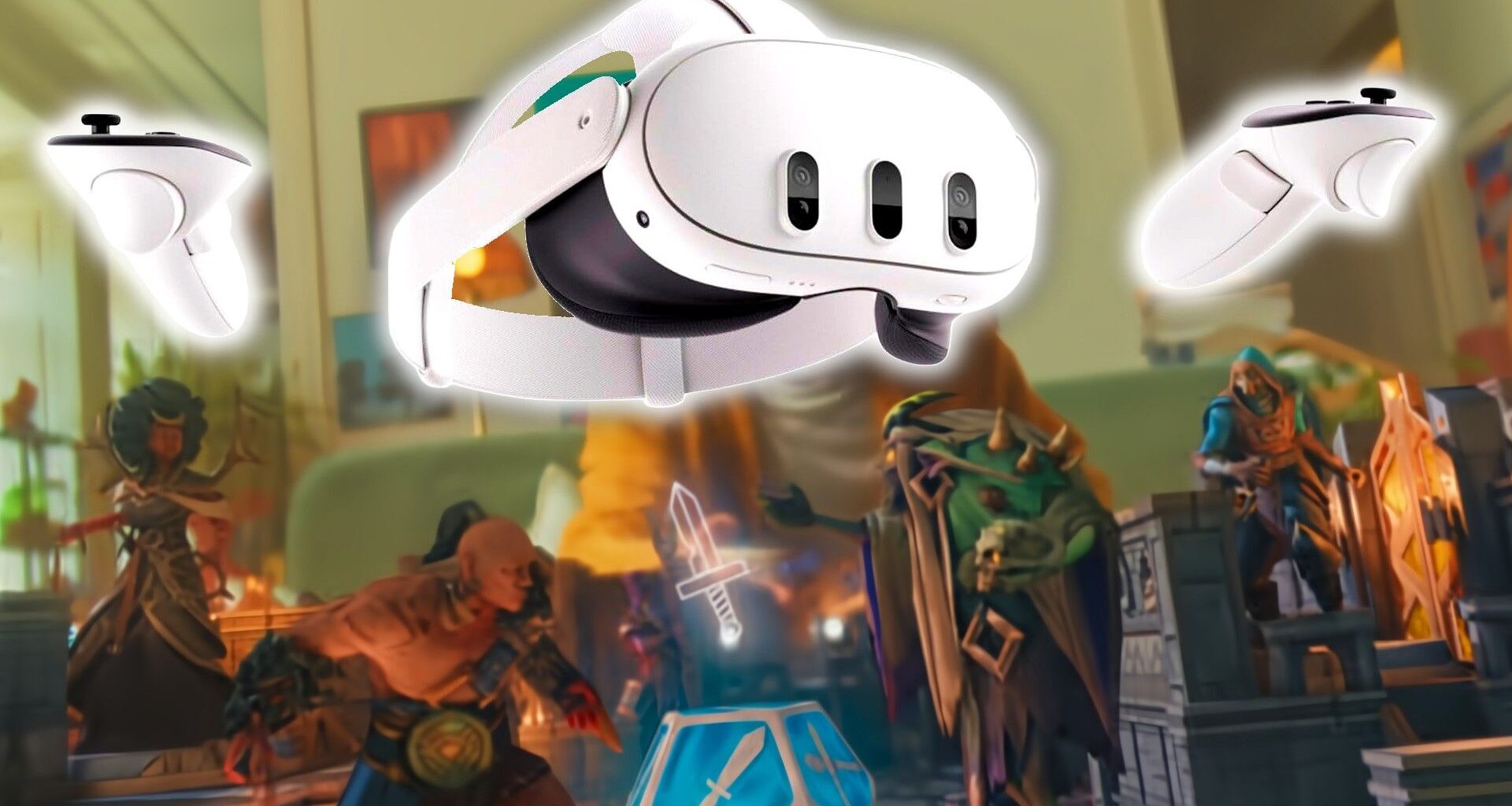Virtual reality technology is at a critical point, full of potential that has not yet been fully realized. While it may seem like first-person experiences are the future of VR, there’s a whole untapped market that could help VR dominate the industry.
Unfortunately, VR headsets often disappoint thanks to low-power chipsets that can’t even compete with modern consoles. However, the minute you play a game like Demeo with PC-level graphics via Oculus Link, you’ll start to see how much potential a headset like the Meta Quest 3 has. Unfortunately, VR has to step away from what seems to be the goal and start focusing on what already works well.
First-Person Technology Just Isn’t There Yet
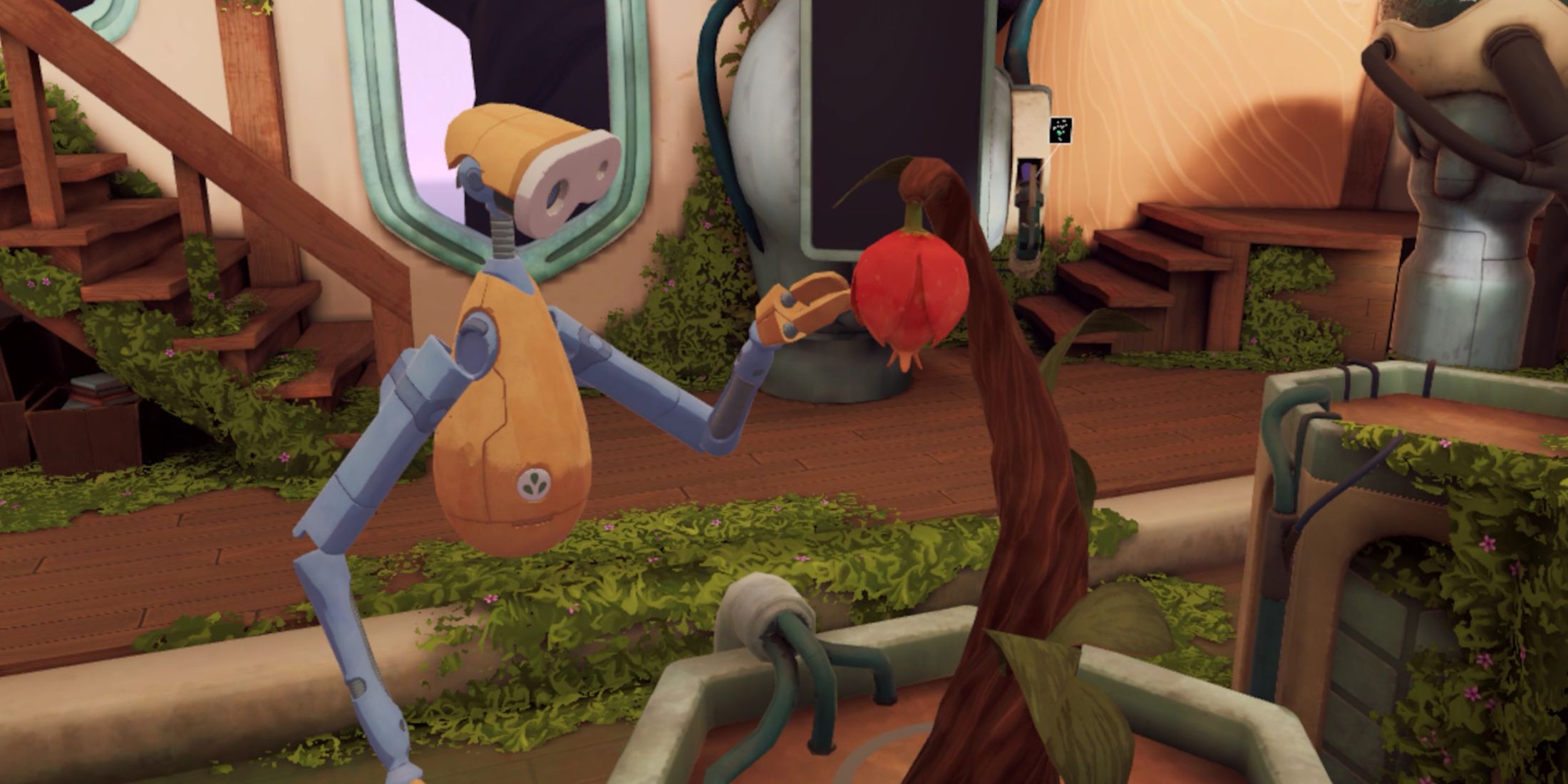
Virtual Reality has some big limitations that stop it from reaching its full immersive potential, especially in first-person gaming. One big issue is the hardware, which is what keeps VR from achieving a level of realism that many of us crave.
When you decide to buy a VR headset, you realize they’re heavy, making them uncomfortable or tiring to wear for long periods. The screens inside VR headsets usually have lower resolution than regular monitors or TVs. Despite that, VRs still cost a lot of money, putting them out of reach for many people.
Beyond just the hardware, the actual experience of using first-person VR has its own problems. Motion sickness is a major issue for many people that I’ve experienced from the games on there. The unfortunate part is that this is caused by the mismatch between what the eyes see and what the body feels. You can get used to this, but it’s a lot to ask for when the games look worse than their “flat” TV equivalents.
The processing power for VR just isn’t at a point where it can match the games of today. That’s a big issue when you’re trying to appeal to players who are used to their first-person games looking amazing. This isn’t even a case of Fortnite versus Call of Duty, it’s a comparison between the original Resident Evil 4 and the latest Call of Duty: Black Ops 6.
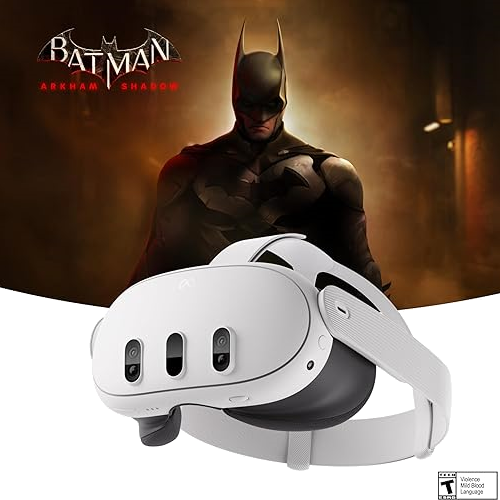
Resolution (per eye)
2064 x 2208 (pixels per eye)
Storage
128GB or 512GB
Connectivity
Wi-Fi 6E
Battery Life
Up to 2.2 hours on average
It doesn’t seem like a good idea to base a technology around first-person implementations and ask for a console-worthy price up front just to buy games that fall short of current-gen console visuals.
From a game development standpoint, the challenges are just as big. Making great first-person VR games is more complicated and expensive than making regular flat-screen games because the player is usually invited do things that you can’t restrict to buttons, thanks to moving their arms and seeing every detail.
We likely haven’t seen many great first-person VR games because they’re expensive to make and the profit is nowhere near guaranteed due to the high cost of getting a headset. Until these problems are fully solved, first-person VR will stay in a state of slow improvement rather than becoming a common, everyday technology.
Tabletop Games Could Be a Sweet Spot
Surprisingly, VR is an excellent match for board games because it provides benefits that traditional formats simply cannot offer. One major advantage is unmatched accessibility and convenience. Players no longer have to move pieces by hand, and the time-consuming setup and cleanup of physical boards becomes unnecessary. The digital space removes the need for physical game parts, making it easy for people to connect with friends and family no matter where they are.
VR also opens up new possibilities for players with disabilities, allowing them to enjoy games they might otherwise struggle with due to limited fine motor skills since they can use controllers instead of handling small physical pieces. The technology can also simplify gameplay by using artificial intelligence to manage complicated rules and check whether moves are valid.
Beyond just being practical, VR’s limited graphical capability can still offer an improvement on the static nature of tabletop games. VR lets players see the game world in an animated way, creating a strong feeling of actually being there. Games like Demeo do this very well, where the player sees their board come to life and the game only needs to make sure what’s on the board looks great.
Demeo gives players the experiences they expect from Dungeons & Dragons and lets them keep the tabletop feel while also seeing that their decisions have weight in their game world. The rest of the world could be a tavern or another fantasy setting, or it could be your home in passthrough mode.
It’s easy to imagine how this would work socially. The shared virtual environment and interactive features feel real, so players can hang out with their friends without sharing the same physical space. Built-in voice chat systems, along with visual avatars, allow for rich communication through talking, body language, and direct interaction with virtual objects, helping players feel more connected. This creates a sense of teamwork and shared adventure that closely resembles playing together in person.
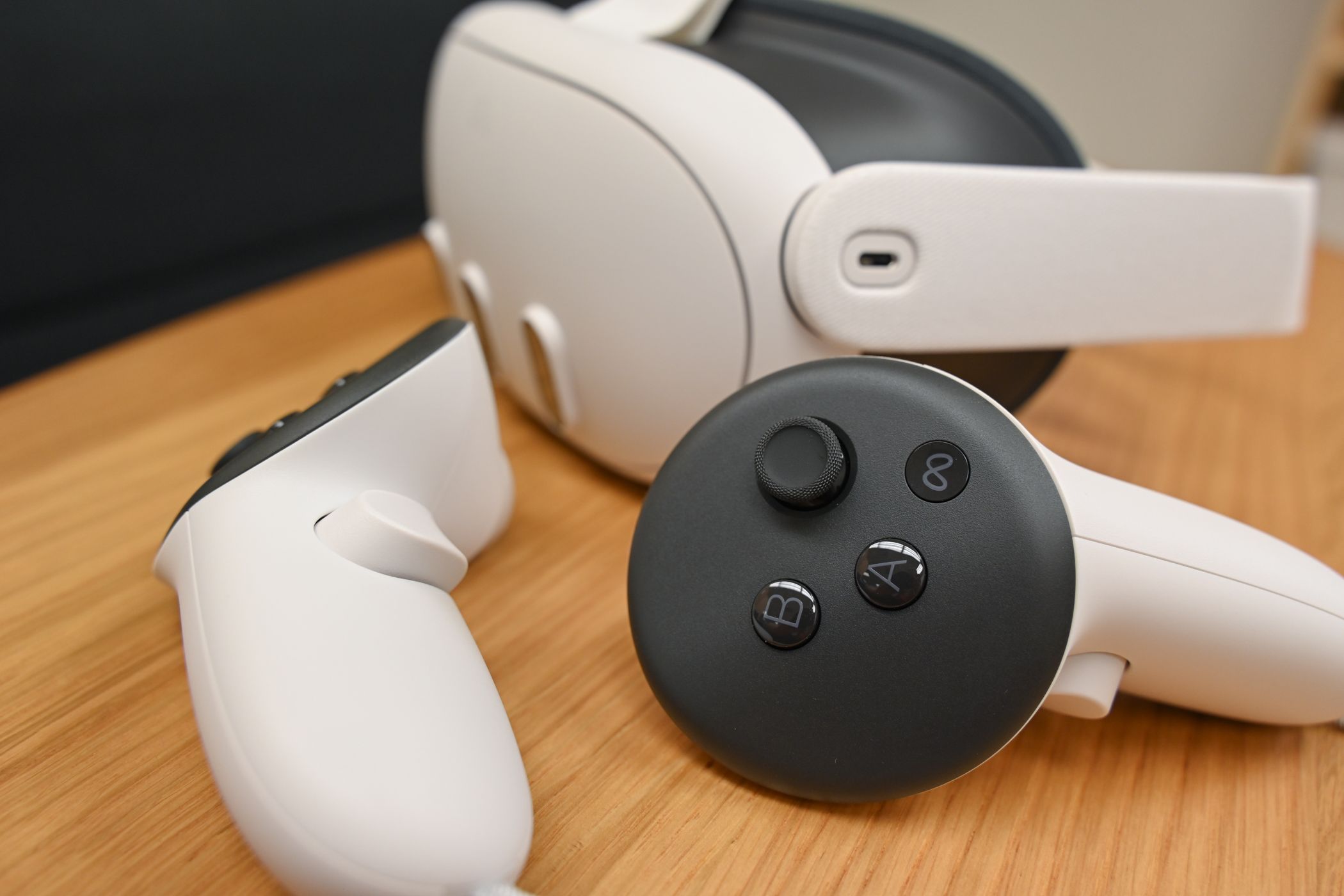
Related
Dip into the world of VR with one of these headsets.
There Are Plenty of Games That Could Still Flourish in VR
Virtual reality has huge potential in certain types of games and well-known franchises that are a perfect match for its special features. Even though we’ve seen the technology focused mostly on first-person gaming, there are many tabletop games that are on PC or on the board that would be much more suited for VR gaming.
Strategy games, including real-time strategy (RTS) and grand strategy (4X) games, have a lot of promise in VR. Unlike playing on a flat screen, VR lets players see the game from a high-up, “god-like” view, where they can look over battlefields or entire civilizations as if they were in charge. This can be done on a board, but it’s harder to immerse yourself when the pieces are static objects that obviously can’t move on their own.
VR games give players a much stronger sense of size and presence, making them feel like they’re standing over a real map, moving units and buildings as if they were small models. Seeing small details and giving orders to armies makes the experience much more engaging than using just a mouse and keyboard. Famous game series like StarCraft, Warcraft, Total War, Risk, and Civilization VII (already on Meta Quest 3) could feel completely different and much more immersive with this kind of overhead view.
Even isometric RPGs like Baldur’s Gate could be redesigned for VR. Demeo is a great way to imagine this, since it focuses on the place the player is in and makes that general area look great. We’re already putting games that were once great for a board on PC, so it’s not much of a stretch to imagine doing that in VR where you can keep the tabletop feeling while also keeping the animated look and feel.
VR Is a Gold Mine, but Developers Are Looking for Silver

Double Jack
VR has huge potential for creating deeply engaging entertainment, but the current gaming scene is mostly filled with smaller, less ambitious games instead of the high-budget, groundbreaking experiences needed to fully realize that potential. This gap exists because of financial and strategic obstacles that discourage developers from going after ambitious, top-tier projects, pushing them toward safer, smaller-scale games instead.
One major financial hurdle is the small size of the VR market. Even though it seems to be growing, VR is still a niche part of the larger gaming industry. By 2020, fewer than 2% of Steam users owned a VR headset, and the total active user base has stayed around 2.7 million. Many report that their sales often fall short of expectations, with traditional flat-screen versions of games outselling VR versions by as much as 500%.
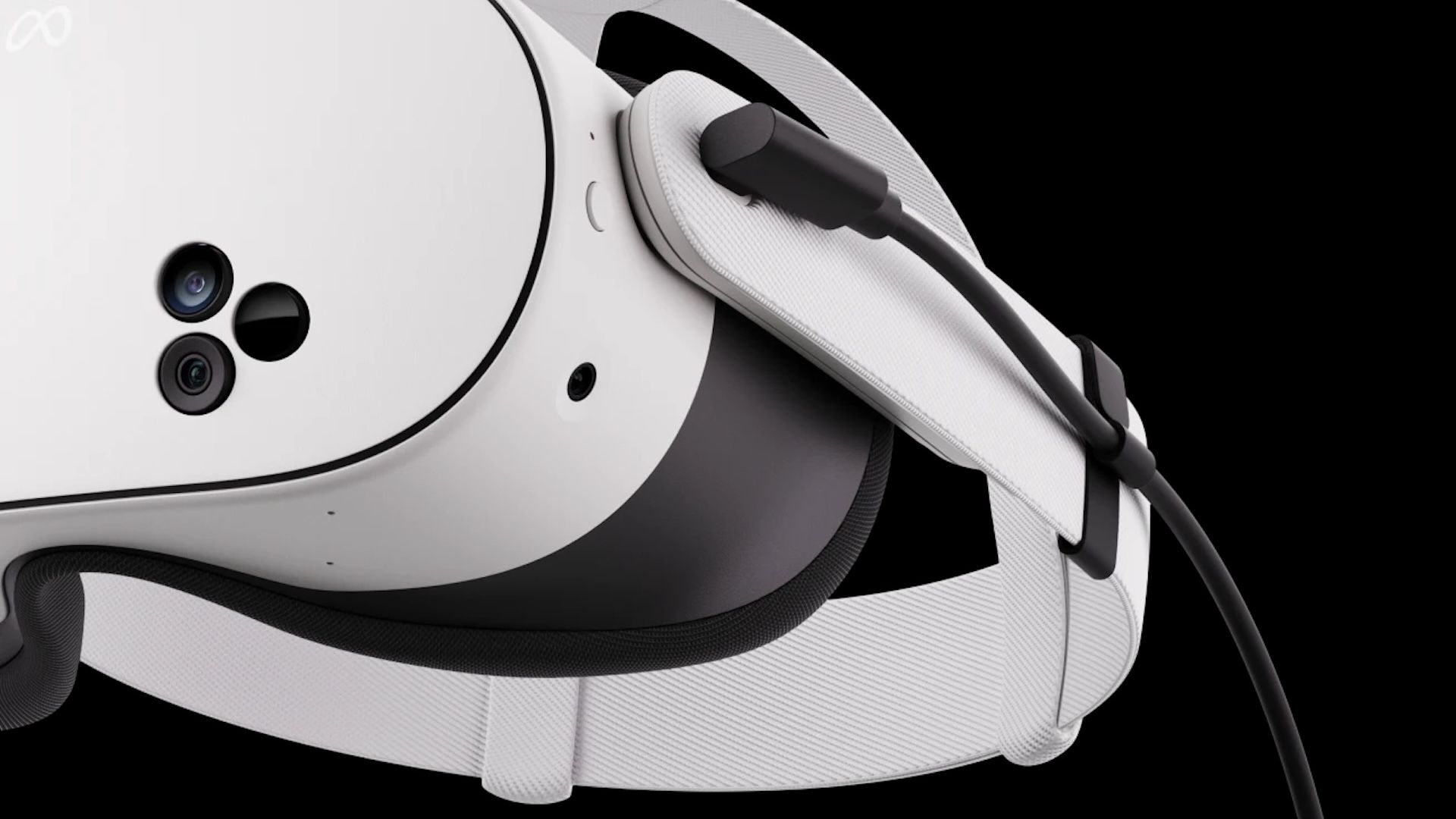
Related
This Meta Quest 3 Game Optimizer Saved VR for Me
It’s like playing VR for the first time, a second time.
This limited profit may be because developers aren’t focused on the right audience. Warhammer 40k and Dungeons & Dragons aren’t as cheap as they look; tabletop and board game players are used to paying high costs to start playing. VR developers should be targeting that audience!
Demeo was a big risk because it wasn’t a first-person game, it only focused on making the tabletop look fantastic, and it seemed to appeal to what PC developers would consider a niche audience. However, the game made half a million dollars in 48 hours and has passed $25 million already.
I believe that VR could be a dominant platform, but if the industry keeps focusing on genres that aren’t making a ton of money, it will eventually go under. The best thing to do is to adjust and invest in areas that may make money.
Demeo proved that there’s a gold mine that developers are blowing past because of conventional thinking. VR developers can’t perfectly recreate big first-person franchises like Call of Duty or Borderlands, and the audience they’re going after knows it. It’s time to focus on what does work and not what we think should work.

